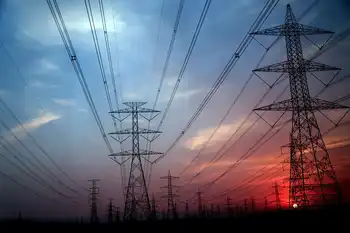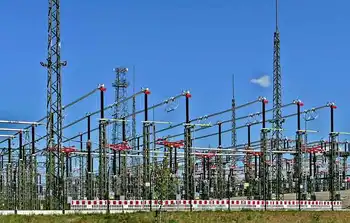Foreigners swept aside as wind blows through China
Those foreign companies complain that despite jumping through hoops to meet "localization" rules requiring 70 percent of their equipment to be sourced and built domestically, they are still unable to win orders from state projects like Rudong, which form the bulk of China's ambitious wind build-up over the next decade.
They also say China's efforts to eliminate turbines with capacities of less than 1 megawatt is also a form of restrictive practice that plays into the hands of domestic firms.
"Vestas and Gamesa have spoken to me many times about this," said Shi Liyan, the head of renewable energies at the National Energy Administration, briefing reporters at Rudong, which lies in the midst of a big expansion plan close to the prosperous Yangtze River Delta, dubbed "Three Gorges on Sea," after the world's largest hydropower project on the same river.
"The size of the turbine isn't a strict government policy, but it is a market decision made by enterprises," he said. "It is about wind conditions and the use of land, and investors are willing to choose bigger turbines."
Preferential policies in China, including higher tariff prices and lower rates of tax, were available to all wind power manufacturers regardless of nationality, he said.
"Overall, the competitive awareness of Chinese enterprises is stronger and they like to offer lower prices," he said.
"The European companies probably hope China will construct (wind power projects) in accordance with European methods, but I have told them, our countries are different culturally, legally. There is no discrimination against foreign turbine manufacturing companies in China."
In the ocean mist, it is impossible to pick out the sleek white General Electric-built turbines already running for several kilometers along Jiangsu's coastline.
The project owner — the Jiangsu Longyuan Group, owned by state power group Guodian — is on the verge of expanding further seaward, but the firms competing to be part of the project, due to start in the second half of 2009, are likely to be domestic.
"Goldwind and Shanghai Electric will be among the bidders," said Jin Ji, the general manager of Jiangsu Longyuan.
Goldwind Science and Technology Co is China's wind power leader, while Shanghai Electric Group is China's top power equipment maker.
"We haven't told GE that they cannot compete. They have themselves decided to pull out of the bidding," Jin said.
A spokesperson for GE in China could not immediately be reached for comment.
Li of the National Energy Administration said China's wind power capacity was likely to rise from 12,000 megawatts at the end of 2008 to 30,000 megawatts by the end of 2011, a goal that will need about 100 billion yuan ($14.6 billion) in investment.
Jiangsu, which has 700 megawatts of installed wind power capacity, hopes to host the bulk of China's aggressive expansion plans, Longyuan's Jin said.
"The Three Gorges has around 20,000 megawatts and we also want to create about 20,000 megawatts of capacity. This plan might seem far away, but the pace of development is really quick."
He said most of the new capacity growth would be in the sea.
"You don't need to relocate people, there's no pollution and you don't use land, so there are many advantages to building (turbines) on the sea," he said.
But he conceded that by building turbines in the ocean itself, China was heading into uncharted territory.
The company is currently looking into planting wind turbines in the deep waters of the East China Sea, some 50-100 kilometers away from the coast, but there are huge technical challenges.
"There hasn't been a successful deepwater turbine in the entire world. Once they go into operation, they start to have problems," he said. "There is one unit at Bohai Bay already in operation, run by the China National Offshore Oil Corporation, but it has also faced problems.
"We just don't know how these units will operate yet."
Related News

Mines found at Ukraine's Zaporizhzhia nuclear plant, UN watchdog says
KYIV - The United Nations atomic watchdog said it saw anti-personnel mines at the site of Ukraine's Zaporizhzhia nuclear power plant which is occupied by Russian forces.
Europe's largest nuclear facility fell to Russian forces shortly after the invasion of Ukraine in February last year. Kyiv and Moscow have since accused each other of planning an incident at the site.
On July 23 International Atomic Energy Agency (IAEA) experts "saw some mines located in a buffer zone between the site's internal and external perimeter barriers," agency chief Rafael Grossi said in a statement on Monday.
The statement did not say how many mines…




